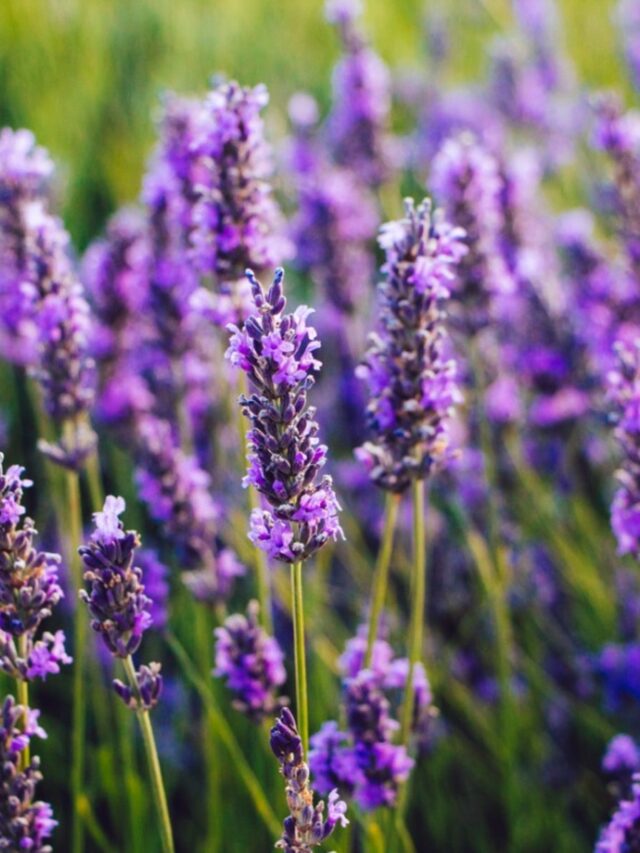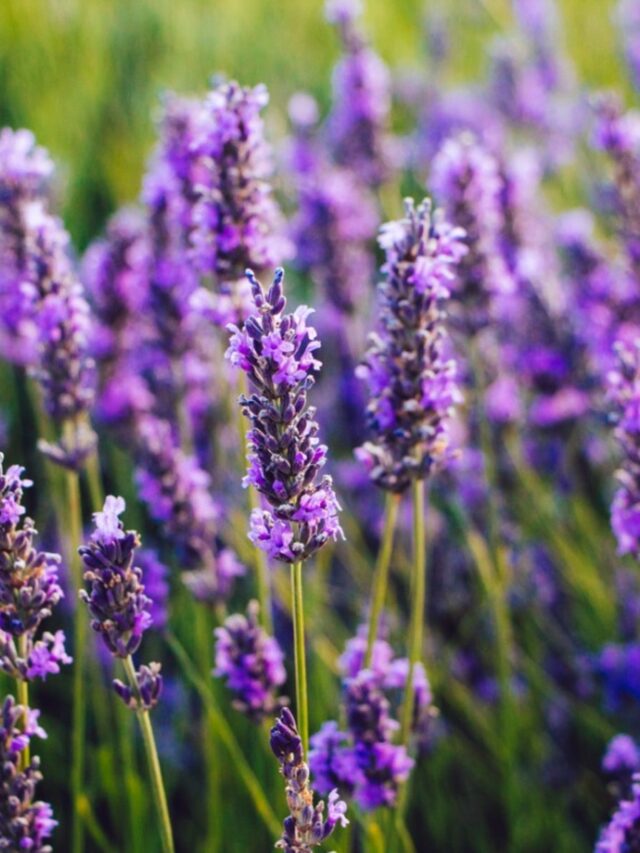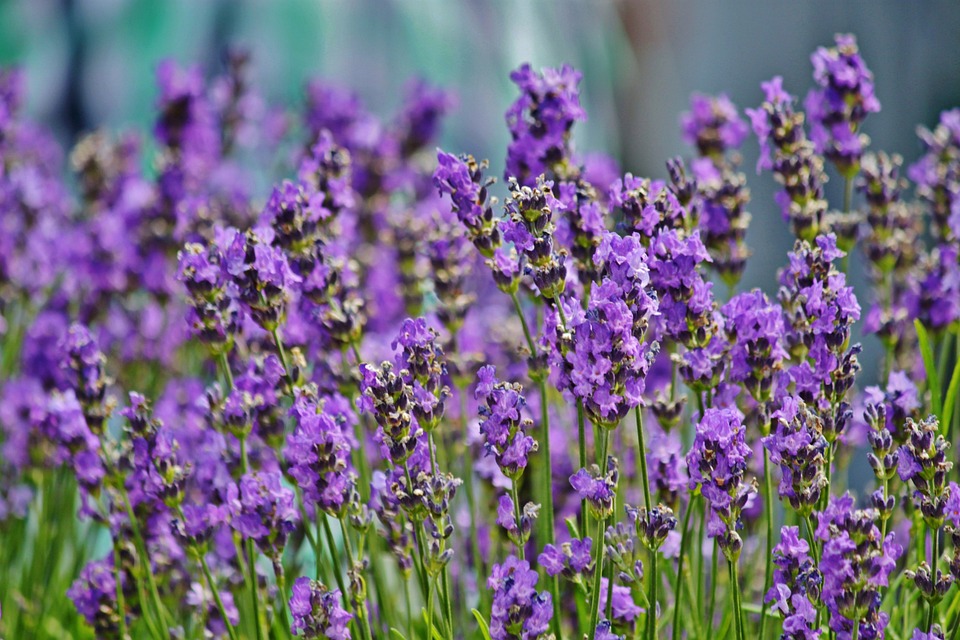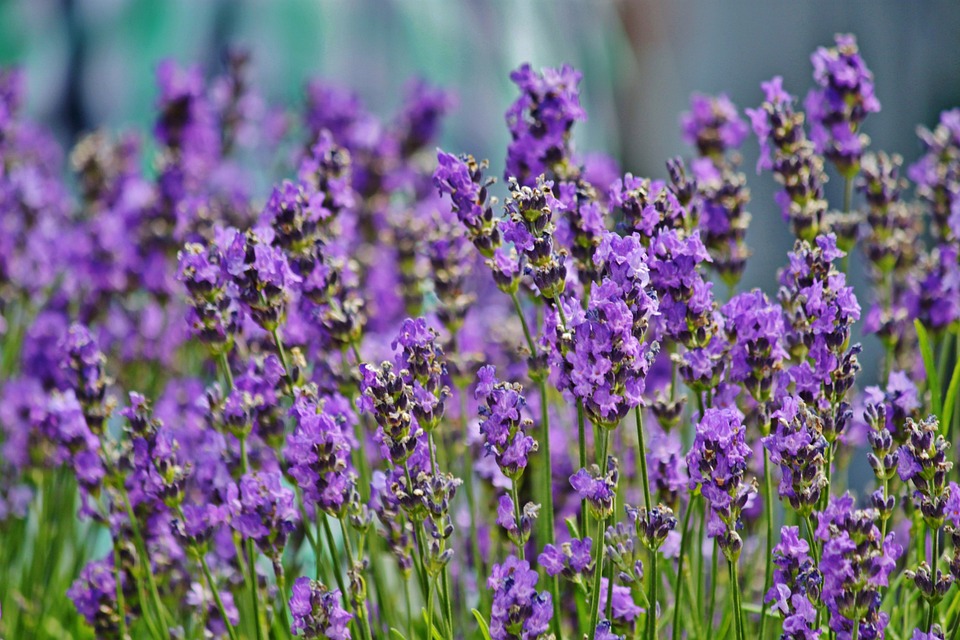Gardening is a delightful pastime that offers not just beauty but also a sense of accomplishment and tranquility.
However, for many people, the demands of everyday life can make maintaining a garden challenging.
This is where low-maintenance perennial flowers come to the rescue.
Perennials are plants that live for more than two years, and they often require less attention once established compared to annuals.
Choosing the right low-maintenance perennials can help busy gardeners enjoy a beautiful garden with less effort.
In this article, we’ll explore a variety of perennial flowers that are not only easy to care for but also provide stunning blooms year after year.
Benefits of Low-Maintenance Perennials

Before diving into specific plant recommendations, let’s consider why low-maintenance perennials are an excellent choice for busy gardeners:
Longevity: Perennials come back year after year, reducing the need for replanting compared to annuals.
Drought Tolerance: Many perennials are more drought-tolerant once established, requiring less frequent watering.
Less Maintenance: Once established, they generally require less pruning and deadheading than annual flowers.
Continuous Growth: Perennials often spread and fill in spaces, reducing the need for replanting or frequent division.
Environmental Benefits: Perennials can improve soil health and provide habitat for beneficial insects and pollinators.
Top Low-Maintenance Perennial Flowers
Now, let’s explore some of the best low-maintenance perennial flowers that are ideal for busy gardeners:
Lavender (Lavandula spp.)

Lavender is not just prized for its fragrant blooms but also for its resilience and low-maintenance nature.
It thrives in full sun and well-drained soil, making it perfect for hot, dry areas where other plants struggle.
Once established, lavender requires minimal watering and pruning. It also attracts pollinators, adding another dimension of life to your garden.
Daylilies (Hemerocallis spp.)

Daylilies are known for their vibrant, trumpet-shaped flowers that come in a range of colors.
These hardy perennials are drought-tolerant once established and can thrive in various soil conditions.
Daylilies require minimal care beyond occasional deadheading to promote continuous blooming throughout the summer months.
Sedum (Sedum spp.)
Sedums, also known as stonecrops, are succulent perennials that are incredibly easy to grow.
They are drought-tolerant and thrive in sunny, well-drained locations.
Sedums come in various heights and colors, providing options for ground covers or taller specimens in your garden.
They require little to no maintenance and even attract butterflies with their late-season blooms.
Black-eyed Susan (Rudbeckia spp.)

Black-eyed Susans are cheerful perennials with bright yellow petals and dark centers that bloom from mid-summer to fall.
They are tolerant of heat and drought once established and are excellent for attracting pollinators.
Black-eyed Susans self-seed readily but are easy to control, making them a low-fuss addition to any garden.
Peony (Paeonia spp.)

Peonies are beloved for their large, fragrant flowers that bloom in late spring to early summer.
While they can take a few years to establish and bloom prolifically, once mature, peonies require minimal care beyond occasional deadheading and dividing every few years.
They prefer rich, well-drained soil and can thrive for decades with little attention.
Russian Sage (Perovskia atriplicifolia)
Russian Sage is a drought-tolerant perennial with aromatic foliage and spiky blue flowers that bloom from mid-summer to fall.
It thrives in full sun and well-drained soil, making it ideal for hot, dry climates.
Russian Sage requires minimal watering and pruning, and its silvery-gray foliage adds an attractive texture to the garden.
Coreopsis (Coreopsis spp.)

Coreopsis, also known as tickseed, is a sun-loving perennial with bright, daisy-like flowers that bloom from early summer to fall.
They are drought-tolerant and thrive in well-drained soil.
Coreopsis requires minimal care and attracts butterflies and bees to the garden, making it both beautiful and beneficial for local ecosystems.
Catmint (Nepeta spp.)
Catmint is a hardy perennial known for its aromatic foliage and spikes of lavender-blue flowers that bloom from late spring to early summer.
It thrives in full sun and well-drained soil, making it an excellent choice for low-maintenance gardens.
Catmint is drought-tolerant once established and attracts pollinators while deterring pests like deer and rabbits.
Yarrow (Achillea spp.)

Yarrow is a tough perennial with clusters of small, flat-topped flowers in shades of white, yellow, pink, or red.
It thrives in full sun and well-drained soil, tolerating drought and poor soil conditions.
Yarrow requires minimal care once established and attracts beneficial insects, making it a valuable addition to any garden.
Coneflower (Echinacea spp.)

Coneflowers are North American natives known for their daisy-like flowers with prominent cone-shaped centers.
They bloom from mid-summer to fall and are drought-tolerant once established.
Coneflowers attract pollinators and songbirds to the garden and require minimal care beyond deadheading spent blooms to promote continuous flowering.
Tips for Growing Low-Maintenance Perennials
Choose Native Plants: Native perennials are often well-adapted to local conditions and require less maintenance.
Prepare Soil Well: Amend soil with compost before planting to improve drainage and fertility, which helps perennials establish quickly.
Mulch: Apply a layer of mulch around plants to retain moisture and suppress weeds, reducing the need for frequent watering and weeding.
Group Plants by Water Needs: Grouping plants with similar water requirements together simplifies watering and maintenance.
Regular Inspection: Check plants regularly for pests, diseases, or signs of stress to address issues promptly and prevent them from spreading.
Conclusion
Creating a low-maintenance perennial garden doesn’t mean sacrificing beauty.
With the right selection of plants and some initial care, busy gardeners can enjoy a vibrant and thriving garden that requires minimal upkeep.
Whether you prefer the classic elegance of peonies or the cheerful blooms of black-eyed Susans, there’s a low-maintenance perennial flower suited to every garden style and climate.
By incorporating these resilient plants into your landscape, you can spend less time working in the garden and more time relaxing and enjoying its natural beauty. Happy gardening!






